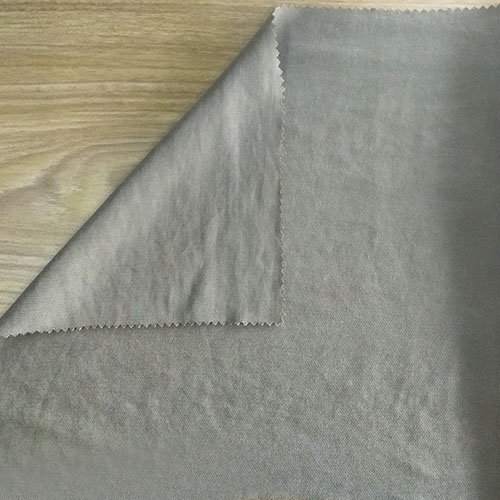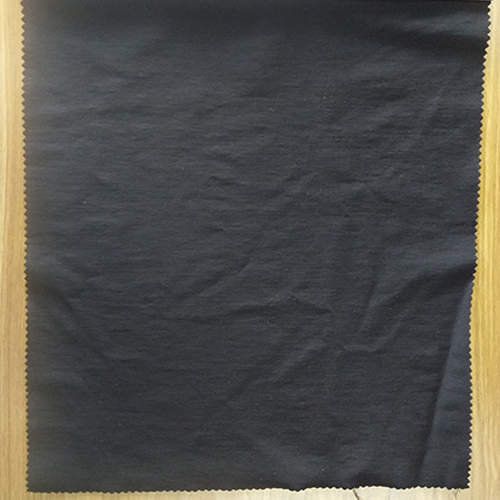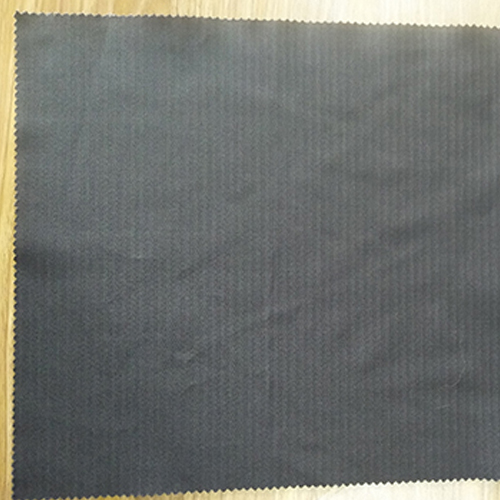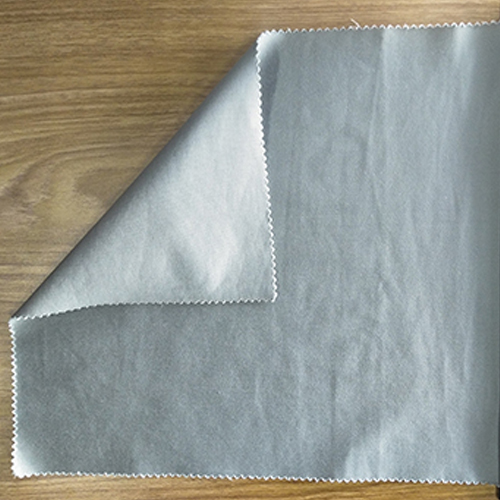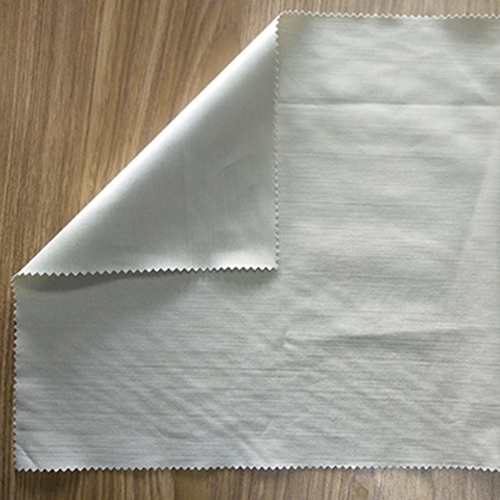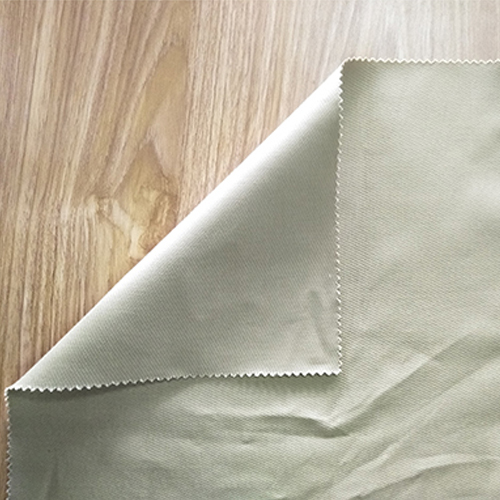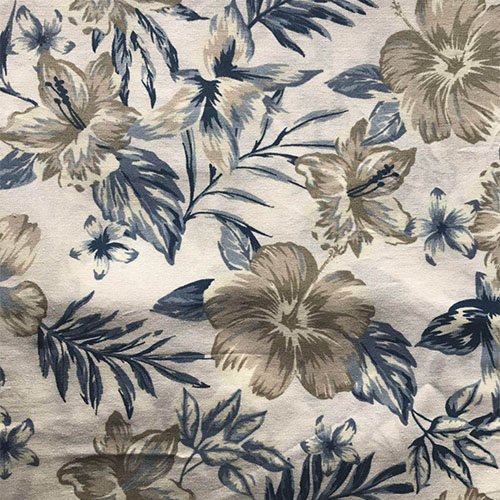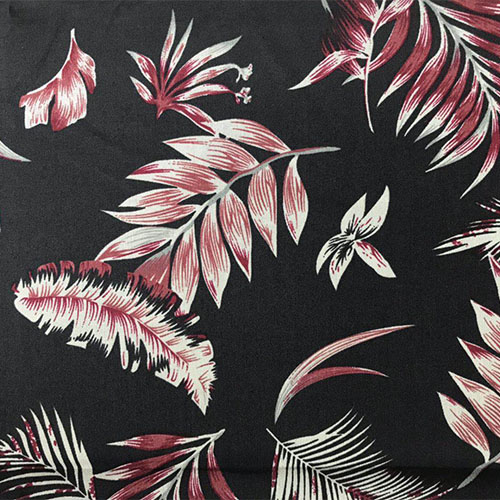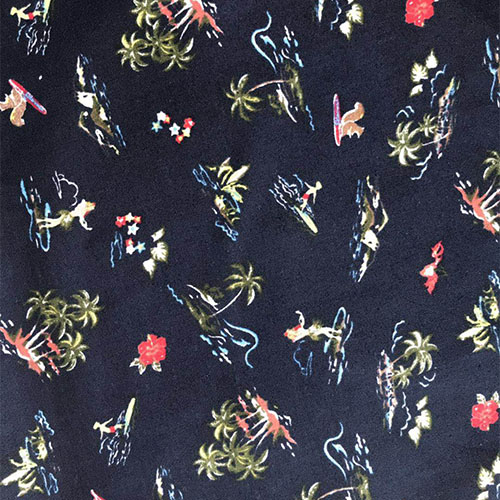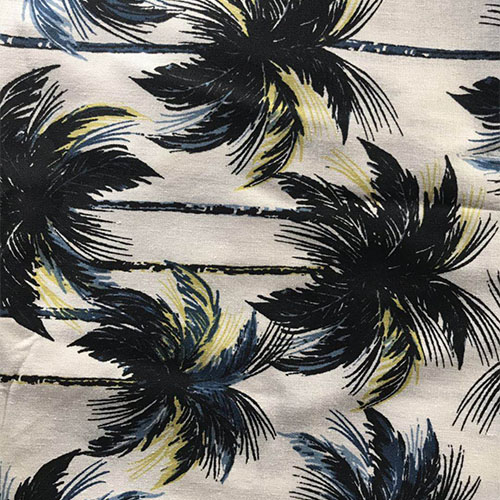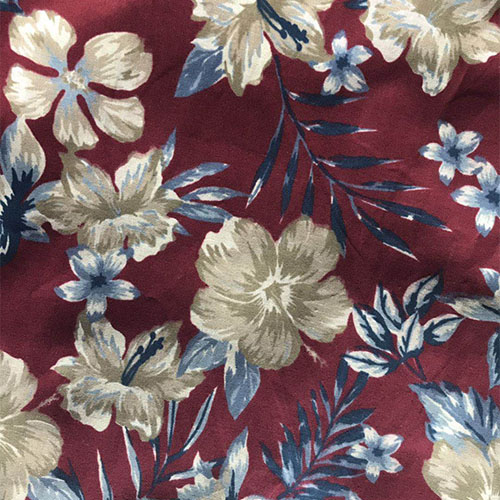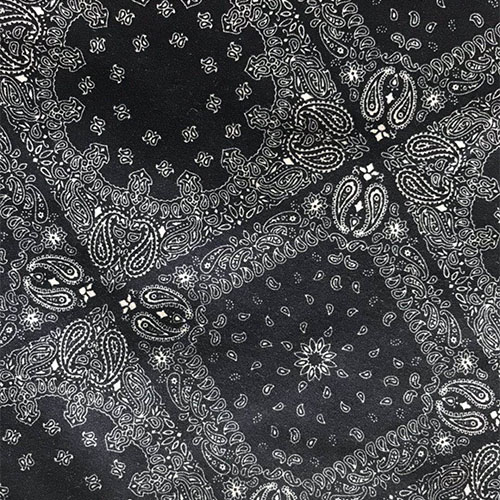News Recommendations
Let's take a look at some prominent features of functional dyed fabrics together
Let's take a look at some prominent features o···
Teach you how to choose the right denim fabric
Functional denim fabric manufacturers introduce th···
What are the types and uses of functional dyed fabrics?
Antistatic home textile fabricIn the field of hous···
The style and functional trend of functional denim fabrics
The topization of functional denim fabrics has bee···
Contact Us
Changzhou Sidengnuo Textile Co., Ltd
Name:Shi Xiao Hua 15861198998
Tel:0519-88377289
Fax:0519-88379289
Eimail:shuchang1980@126.com
Web:www.czsdn.com
Add:108 Jingchuan Road, Zhonglou District, Changzhou City
According to the different objects of dyeing processing, dyeing methods can be divided into four types: garment dyeing, surface dyeing (divided into woven and knitted fabrics), yarn dyeing (divided into hank dyeing and bobbin dyeing), and loose fiber dyeing. Among them, functional dyed fabrics are widely used, with yarn dyeing mostly used for dyed and knitted fabrics, and loose fiber dyeing mainly used for dyed fabrics.
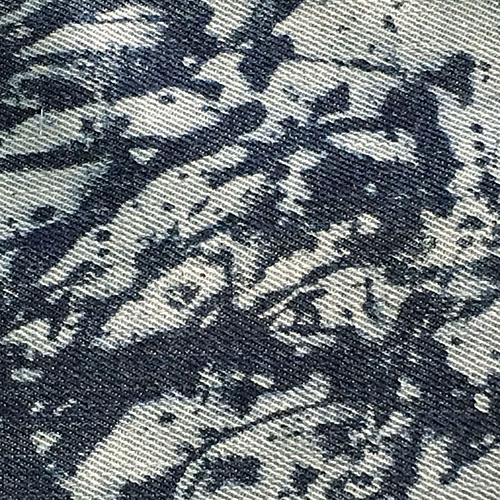
1、 Basic knowledge of dyeing
(1) Classification of dyes
Dyes refer to colored organic compounds that can give color to fiber materials, but not all colored organic compounds can be used as dyes.
There are two classification methods for dyes. One is based on the properties and application methods of dyes, which is called application classification; Another type is classification based on the chemical structure or characteristic genes of dyes, known as chemical classification. According to application classification, there are mainly direct dyes, reactive dyes, vat dyes, soluble vat dyes, sulfide dyes, sulfide vat dyes, insoluble azo dyes, acidic dyes, acidic mordant dyes, acidic mordant dyes, basic and cationic dyes, dispersed dyes, phthalocyanine dyes, oxidation dyes, polycondensation dyes, etc; According to chemical classification, there are mainly azo dyes, anthraquinone dyes, indigo dyes, triarylmethane dyes, etc.
(2) Selection of dyes
Each fiber has its own characteristics, and corresponding dyes should be selected for dyeing. Cellulose fibers (such as cotton, linen, viscose, etc.) can be dyed with direct dyes, reactive dyes, vat dyes, soluble vat dyes, sulfide dyes, sulfide vat dyes, insoluble azo dyes, etc; Protein fibers (wool, silk) and nylon can be dyed with acidic dyes, acidic mordant dyes, etc; Acrylic fibers can be dyed with cationic dyes; Polyester is mainly dyed with disperse dyes. But a dye can sometimes be used for the dyeing of other fibers in addition to being mainly used for the dyeing of one type of fiber. For example, direct dyes can also be used for the dyeing of silk, reactive dyes can also be used for the dyeing of wool, silk, and nylon, and disperse dyes can also be used for the dyeing of nylon and acrylic. In addition, the selection of dyes should also be based on the use of the dyed material, the cost of dye additives, dye matching requirements, and dyeing mechanical properties.
(3) Color fastness
Color fastness refers to the ability of a dyed product to maintain its original color state (i.e., the ability to resist fading) under various external factors during use or subsequent processing. Color fastness is one of the important indicators for measuring the quality of dyed products. There are various types of color fastness, which depend on the purpose of the dyed product and subsequent processing technology. They mainly include color fastness to light, color fastness to washing, color fastness to sweat, color fastness to friction, color fastness to sublimation, color fastness to ironing, color fastness to bleaching, color fastness to acid, color fastness to alkali, etc. In addition, according to the special use of the product, there are color fastness to sea water, color fastness to smoke, etc.
The above is a simple sharing brought by Changzhou Stenno Textile Co., Ltd. If you are interested in our company's products, you can directly consult the editor online.
You may also be interested in this
Related Reading



 WeChat
WeChat
